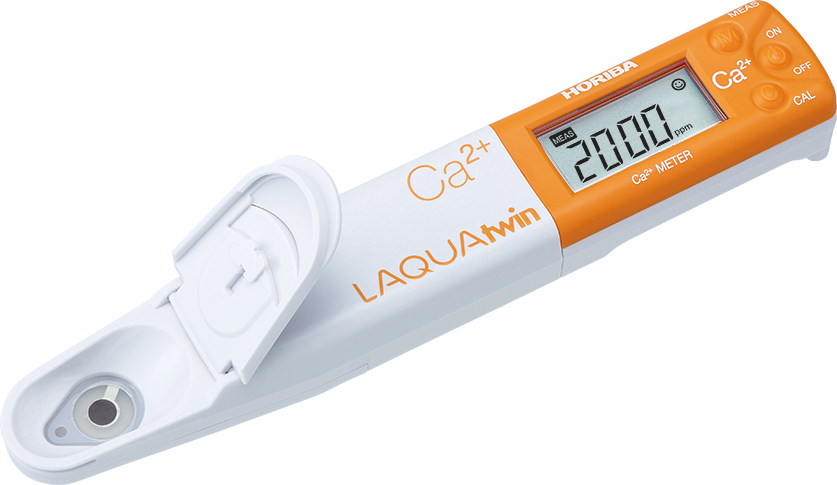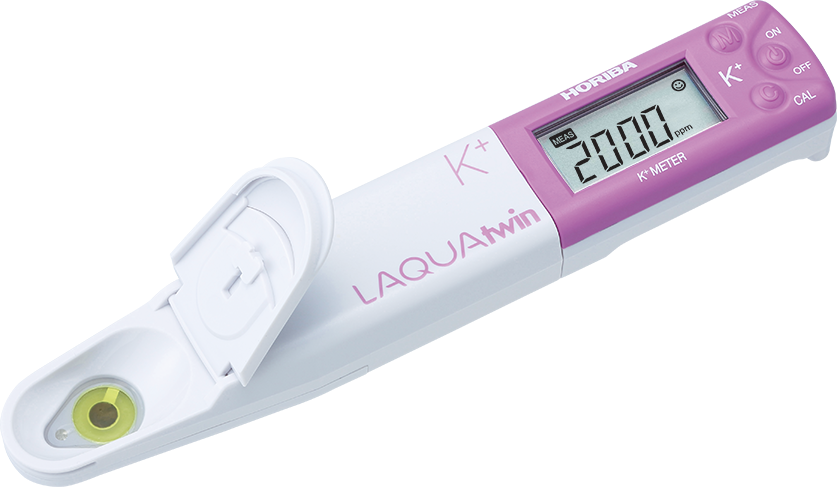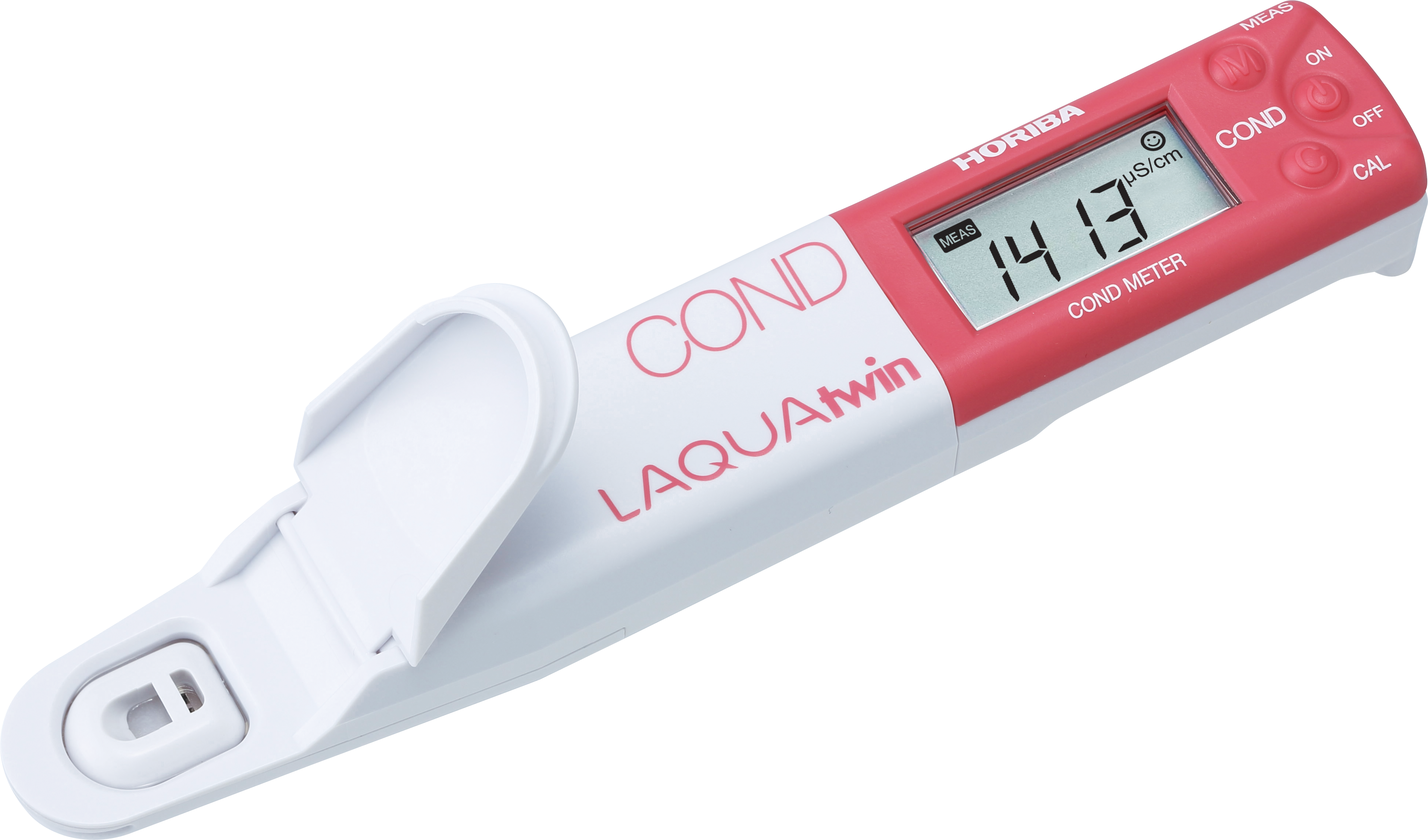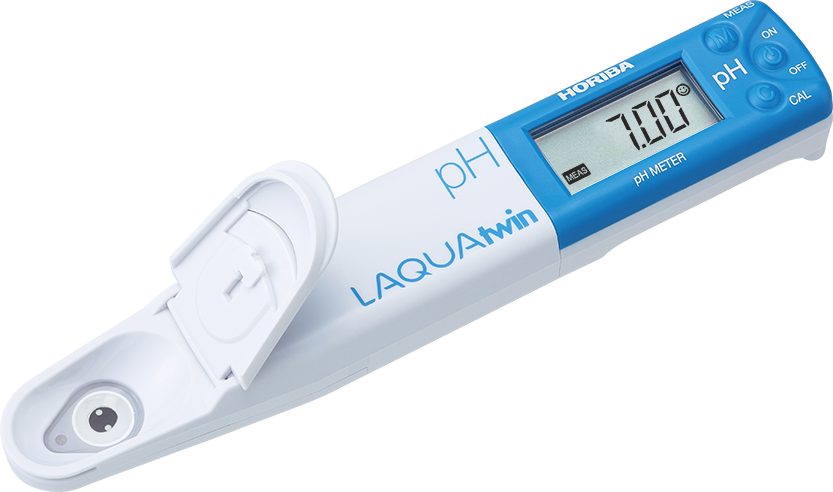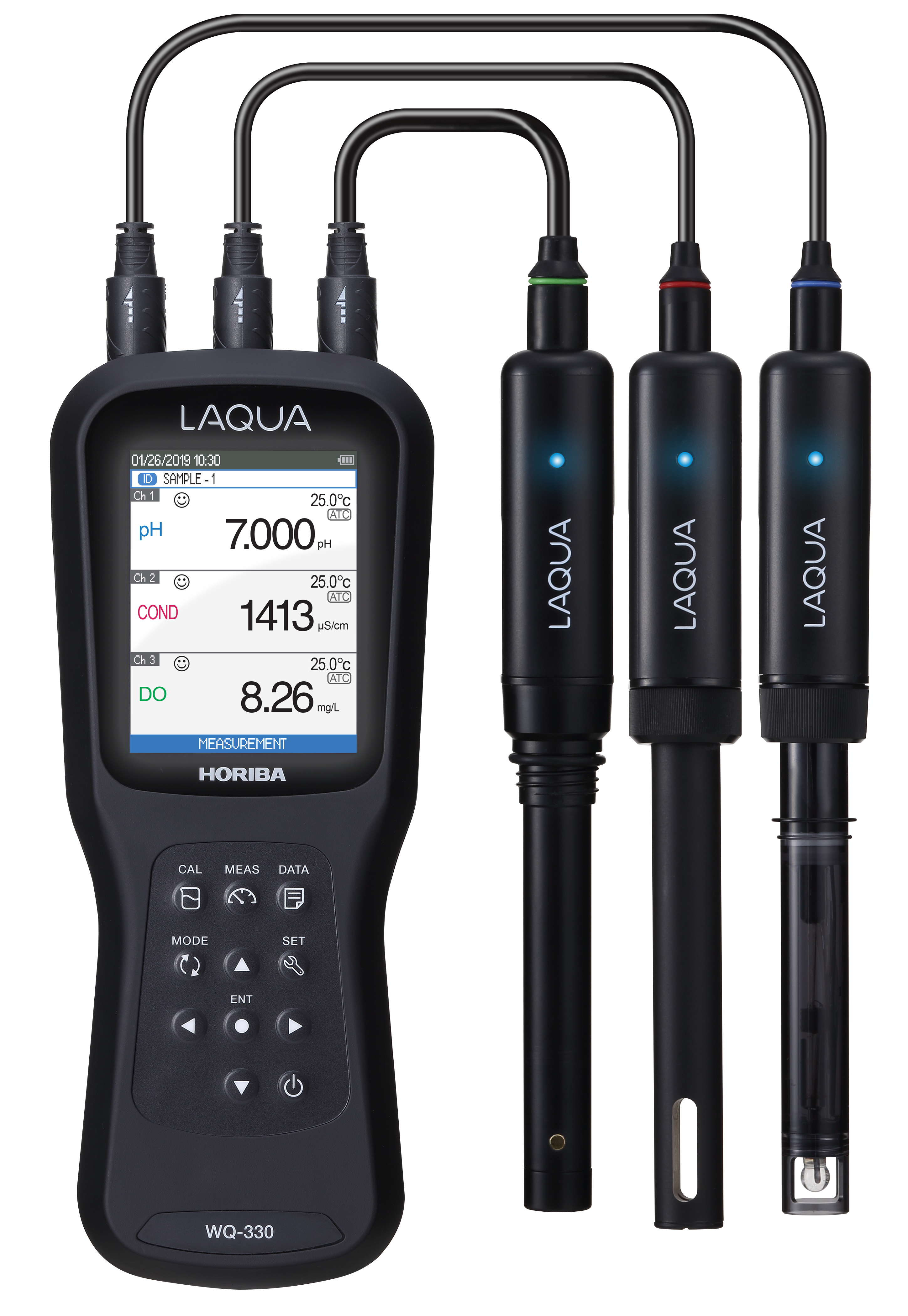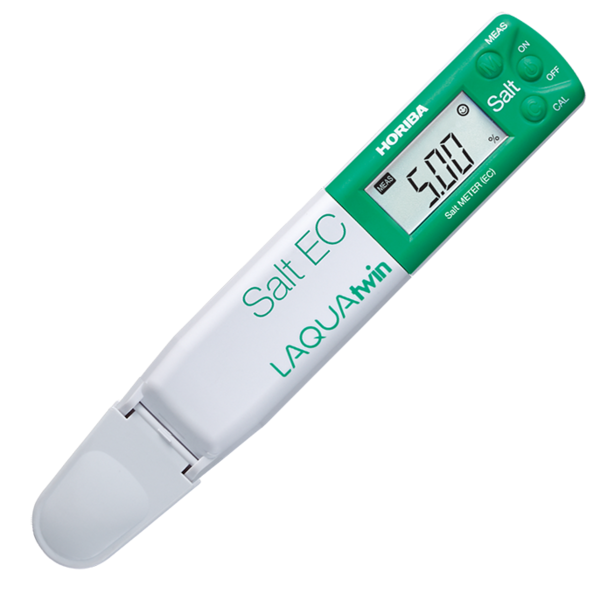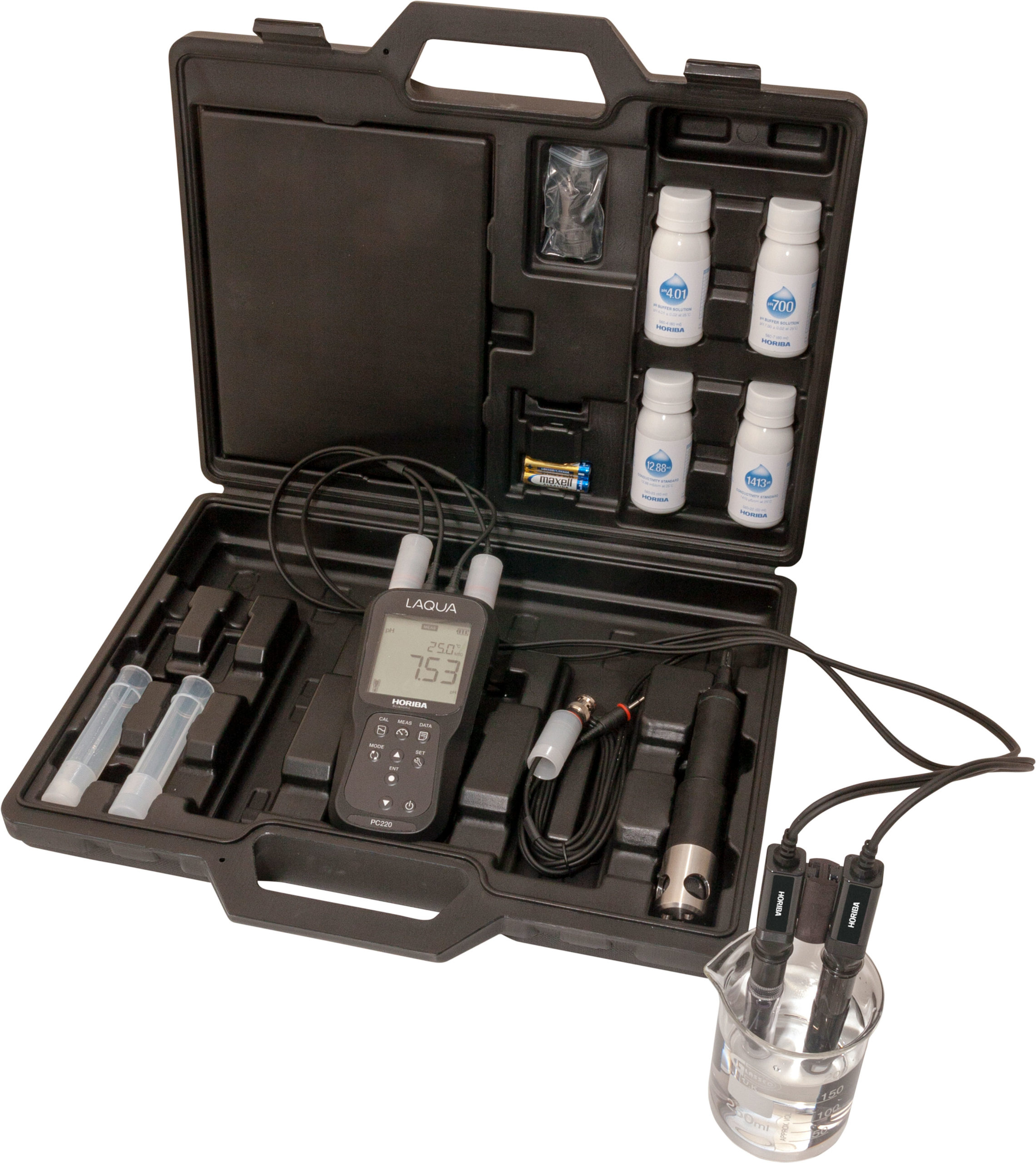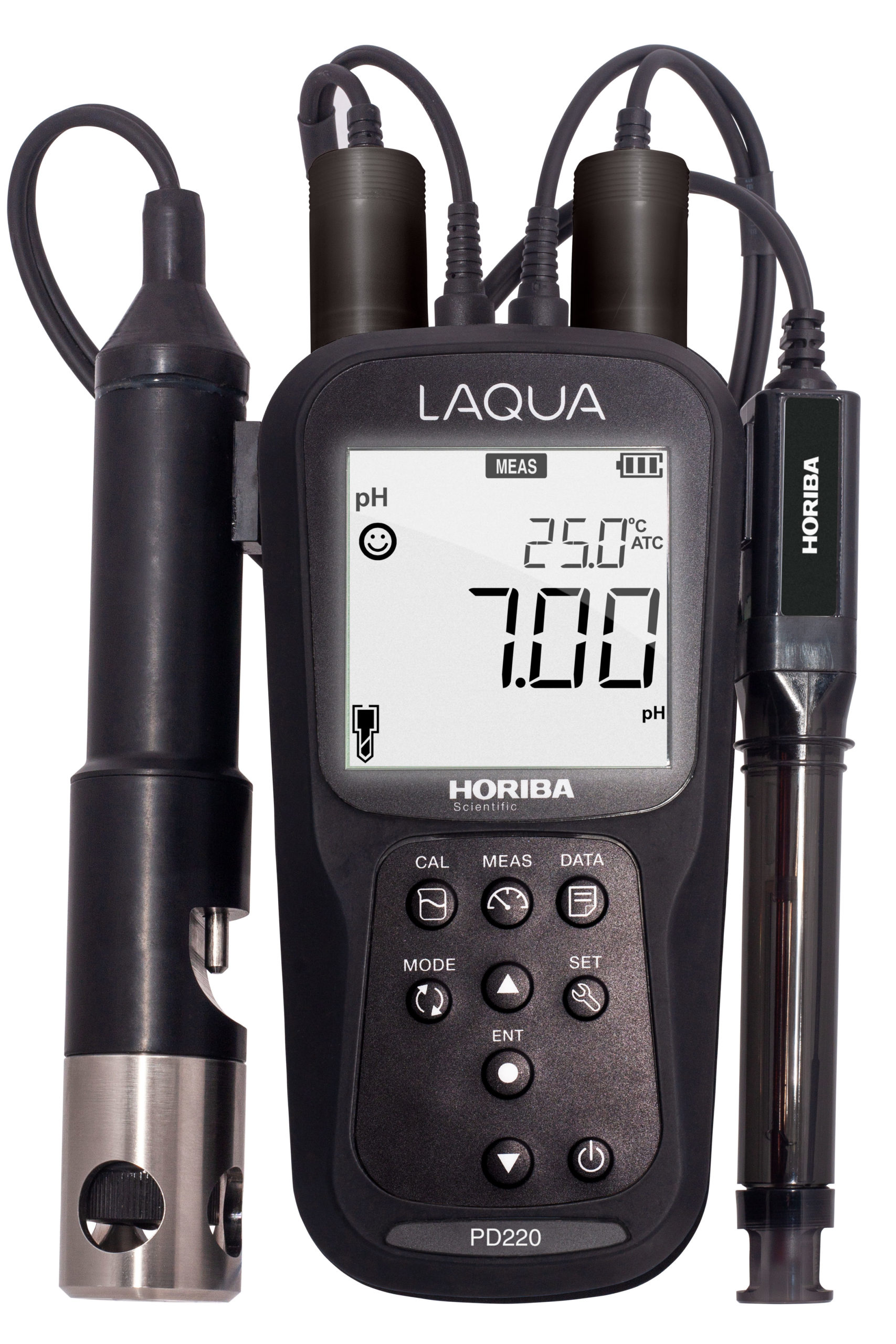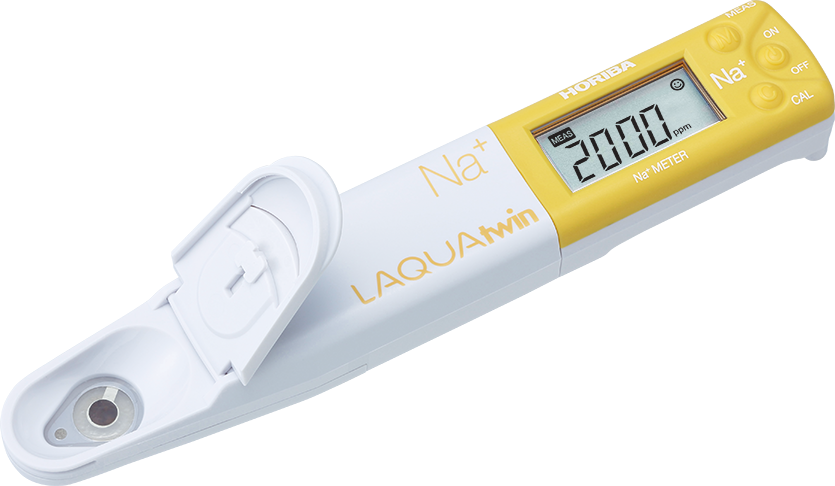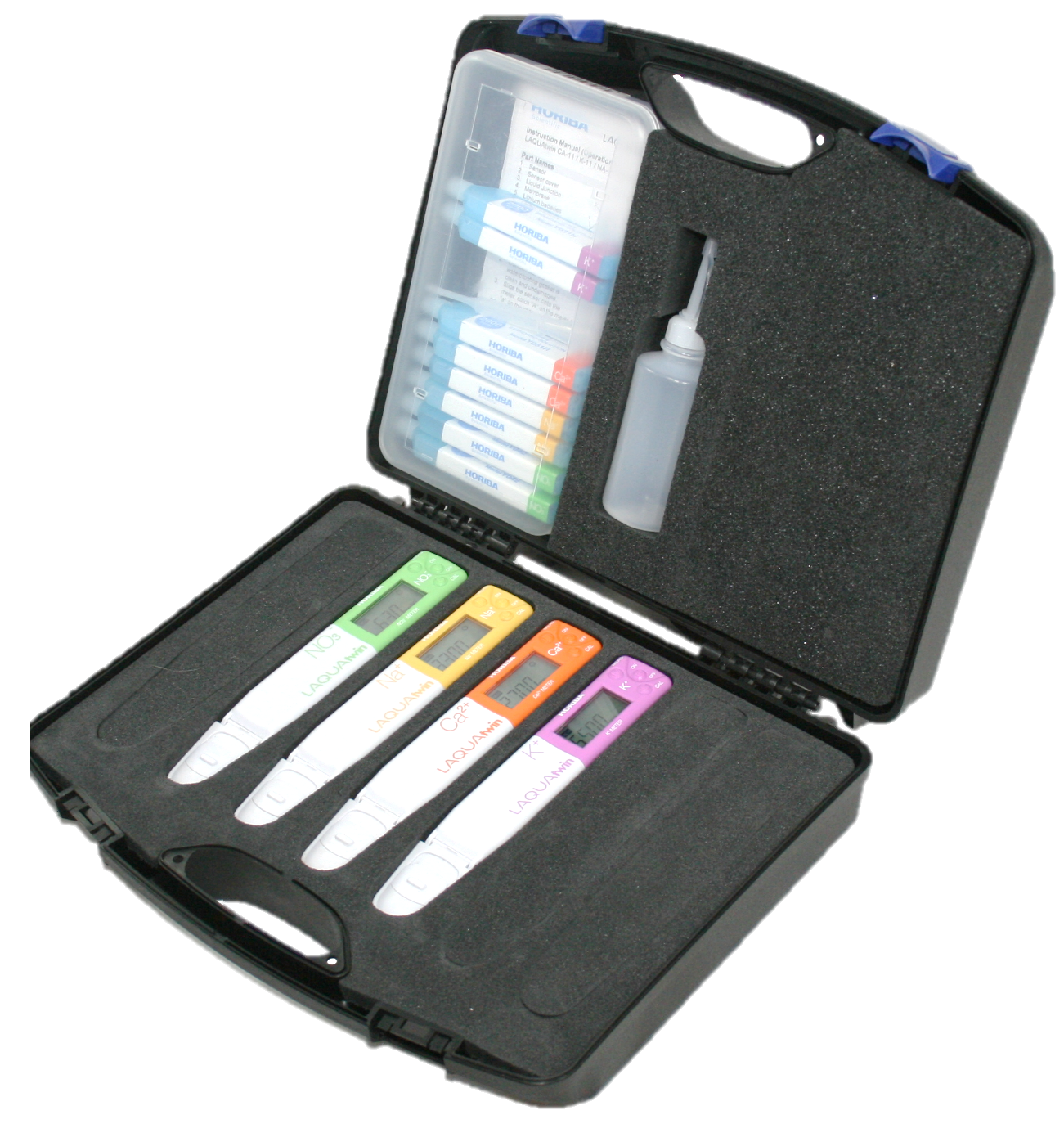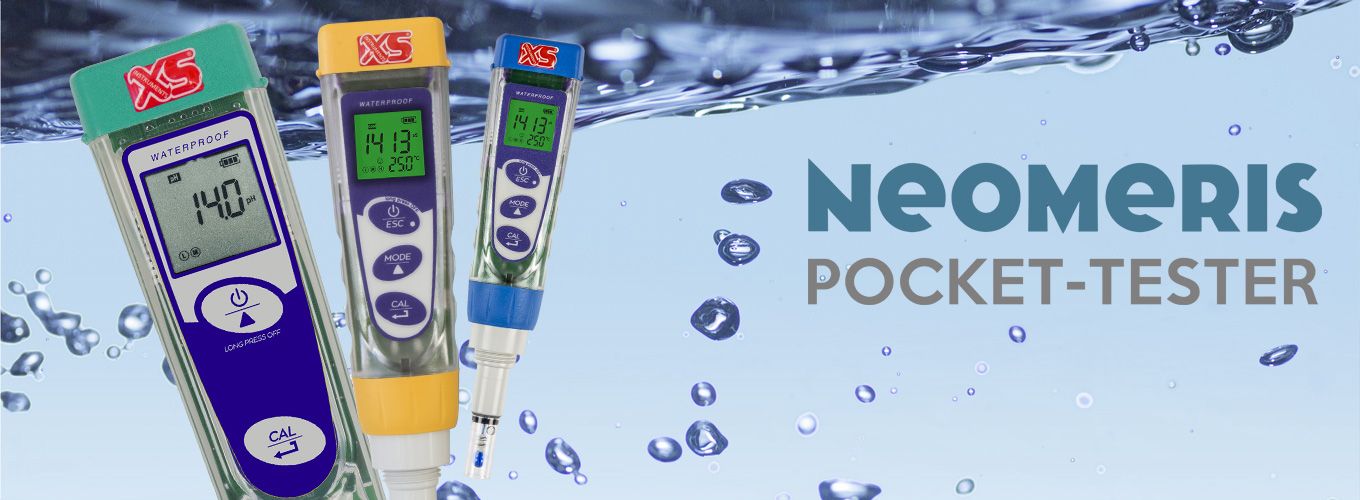HORIBA handheld meters and pocket testers
The handheld meters are equipped with pH and conductivity electrodes or with a galvanic oxygen sensor, depending on the application. The measuring systems, which are connected to the indicator by cable, are characterized by reliable measuring accuracy and reproducibility. Operation and calibration are also possible for users without great expert knowledge and without extensive device instruction.
Pocket Tester are compact and intuitive devices with an integrated sensor system that can be calibrated easily and precisely, measure reliably and are easy to clean. The testers are used very successfully for pH, conductivity, salinity, sodium ions, potassium ions, nitrate and calcium ions for rapid monitoring of a wide range of water qualities.
HEYLNEOMERIS, as an experienced sales partner, works very closely with HORIBA, offers expert advice and enables customers to place orders via the online store for pocket testers in a contemporary way www.pockettester.de.
Application areas and examples for reliable and simple water analysis
Water, drinking and process water
- Evaluation of surface water quality by measuring pH, conductivity, dissolved oxygen and temperature.
Exemplary for many river systems, the water quality of the Inukami River in Japan was studied. The purpose was to investigate the effects of key standard parameters on ecosystems and potential drinking water use. Six sites were selected for pH, conductivity (EC), dissolved oxygen (DO), and temperature measurements over an extended period of time. These four water quality parameters show important interactions with each other and yield characteristic criteria for water quality assessment: For example, conductivity measurements are typically used to check the mineral load or cleanliness of water. Conductivity increases with temperature and dissolved ions (e.g., Na, Cl, NO+-3–) from minerals and salts in the water. pH is also affected by temperature and minerals dissolved in water. Unlike conductivity, the dissolved oxygen concentration decreases as the salinity and temperature of the water increase. The LAQUA WQ-330 handheld three-channel multiparameter meter was used to simultaneously measure the pH, conductivity, dissolved oxygen, and temperature of the river water. Before starting the measurements, the pH sensor, conductivity sensor and optical DO sensor 300-D-2 connected to the meter were calibrated with pH buffers (pH 4.01, 6.86 and 9.18), a conductivity standard of 84 μS / cm and on ambient air (constant oxygen content), respectively. The simultaneous pH, conductivity, DO and temperature measurements provided data that made it possible to understand the ecological status of the water body and its change in water quality, including seasonal changes. In addition, the measurement results were validatable for the various selected sites, taking into account factors such as location, environment and aquatic plants, and show that the LAQUA WQ-330is ideally suited for surface water measurements.
- Measurement of salinity in natural waters for the assessment of ecosystems
Measuring the salinity of water is important because aquatic organisms, livestock, and crops thrive at different salinity levels. Freshwater has a salinity of less than 0.1% in dissolved salts, while seawater has an average salinity of 3.5%. Salinity affects the dissolved oxygen content of water. The solubility of oxygen in water decreases with increasing salinity. The solubility of oxygen in seawater is about 20% less than in freshwater at the same temperature.Salinity is often derived from the measurement of electrical conductivity (EC).The LAQUAtwin Salt 11 Pockett tester measures the conductivity value of a sample and then converts it to salinity based on the selected salinity standard curve. The sensor features two corrosion-resistant titanium electrodes and an integrated temperature sensor for accurate measurements of microsamples as small as 0.12 ml. The meter is programmed with two standard calibration curves.
- Calcium determination in drinking water to assess water hardness
Determining the calcium content of drinking water helps consumers accurately measure their intake of calcium ions. Unlike atomic absorption spectroscopy (AAS) and atomic emission spectroscopy (ICP), the LAQUAtwin measurement system provides a simpler method for measuring calcium ions. The LAQUAtwin Ca2+ meter is used to determine the calcium content of water products prior to sale to consumers. This is a simple and quick method to check the amount of total calcium in water. It can be used to determine if calcium and therefore hardness deposits occur when the water is boiled. Calcium-rich mineral water contains calcium sulfate and calcium carbonate, which is ionized by the pretreatment of the sample. As a result, Horiba’s LAQUAtwin determines the total amount of Ca2+ and thus shows better correlation with other laboratory reference methods.
- Parameter measurement pH, Conductivity, redox (ORP), dissolved substances (TDS), dissolved oxygen in water samples from cooling towers, steam boiler plants, etc..
The regular control of process water in commerce and industry requires the use of reliable measurement technology for routine use. In addition to permanently mounted systems, portable measuring devices for standard parameters, such as pH and conductivity, belong to the portfolio of service personnel that is responsible for quality monitoring at ultrapure water plants, cooling circuits or even boiler feed water plants. Due to their compact design and simple operation and calibration, the products of the LAQUA series are suitable for fast measurement directly at the sample point or at the corresponding system technology, e.g. the cooling tower cup. Individual Pockett testers for conductivity, pH and salinity and handheld instruments, e.g. for dissolved oxygen, are used.
Various standard and application-specific combinations of the measurement technology are possible and can be offered as analysis cases including buffer and calibration solutions.
Water conditioning – Pocket Tester Shop
Aquariums and fish farming
Rapid tests for water analysis in fresh and salt water aquariums
Aquarium water chemistry is critical to the health of fish and other aquatic life. The husbandry, care and water treatment of saltwater fish are more complex and difficult than freshwater fish. The additional water technology and more frequent testing result in higher expenses and costs when keeping creatures in saltwater. To ensure good water quality, regular maintenance of the filtration system with water changes and regular testing of pH and conductivity as standard parameters are required.
In saltwater aquariums, the salinity and, if possible, the concentration of Ca, Na, K and nitrate ions must also be determined.
The pockettester of the LAQUAtwin series are suitable for the quick measurement of a few drops of aquarium water due to their compact design and simple operation and calibration. No reagents need to be used for the individual measurement.
The handheld meters of the LAQUAtwin series can be used to determine free sodium, potassium and calcium ions. Many practical tests have shown that the measurement of seawater results in a deviation of less than 10% compared to cost-intensive laboratory measuring instruments. Accordingly, these handheld meters are particularly well suited for routine monitoring of important water parameters in freshwater and marine aquariums.
